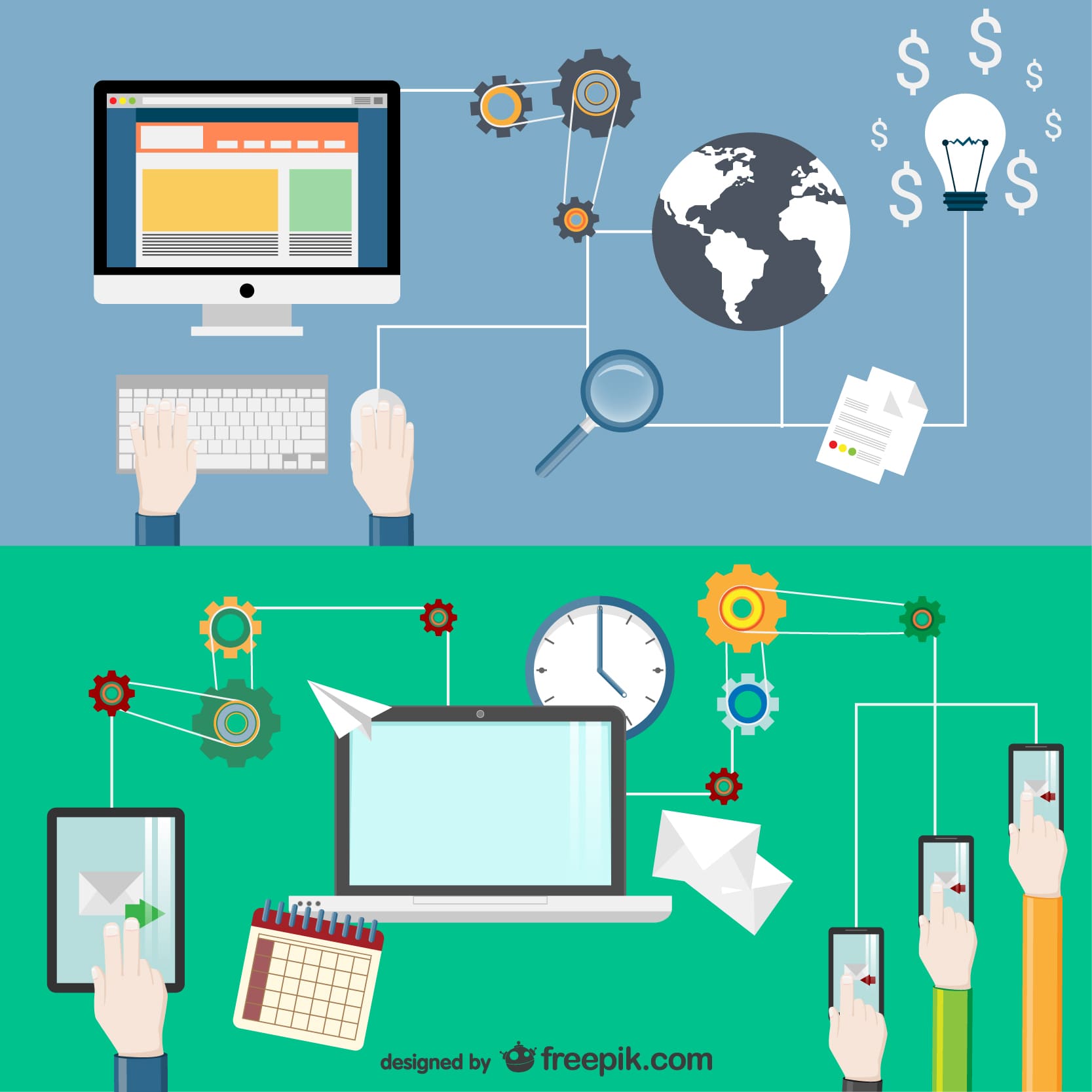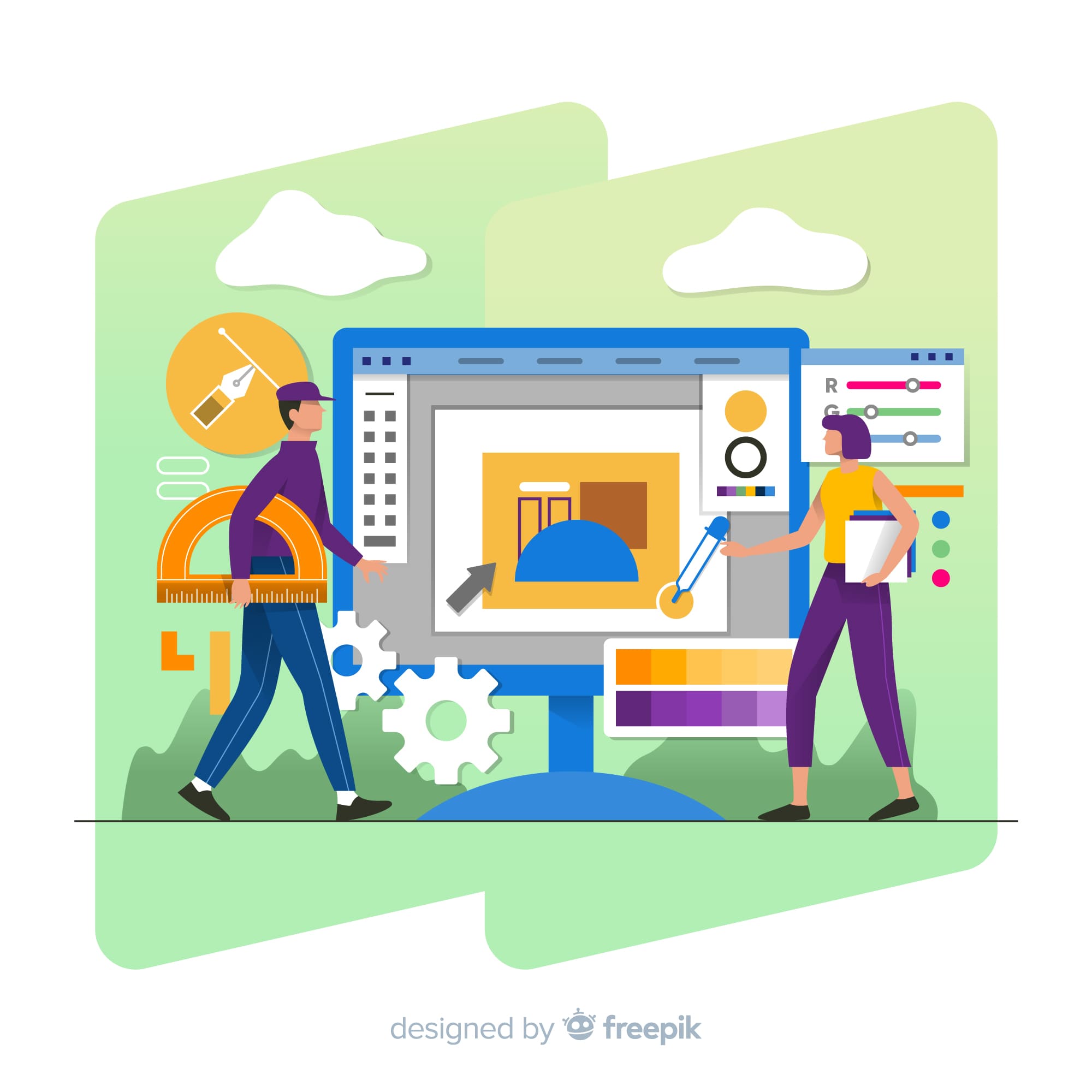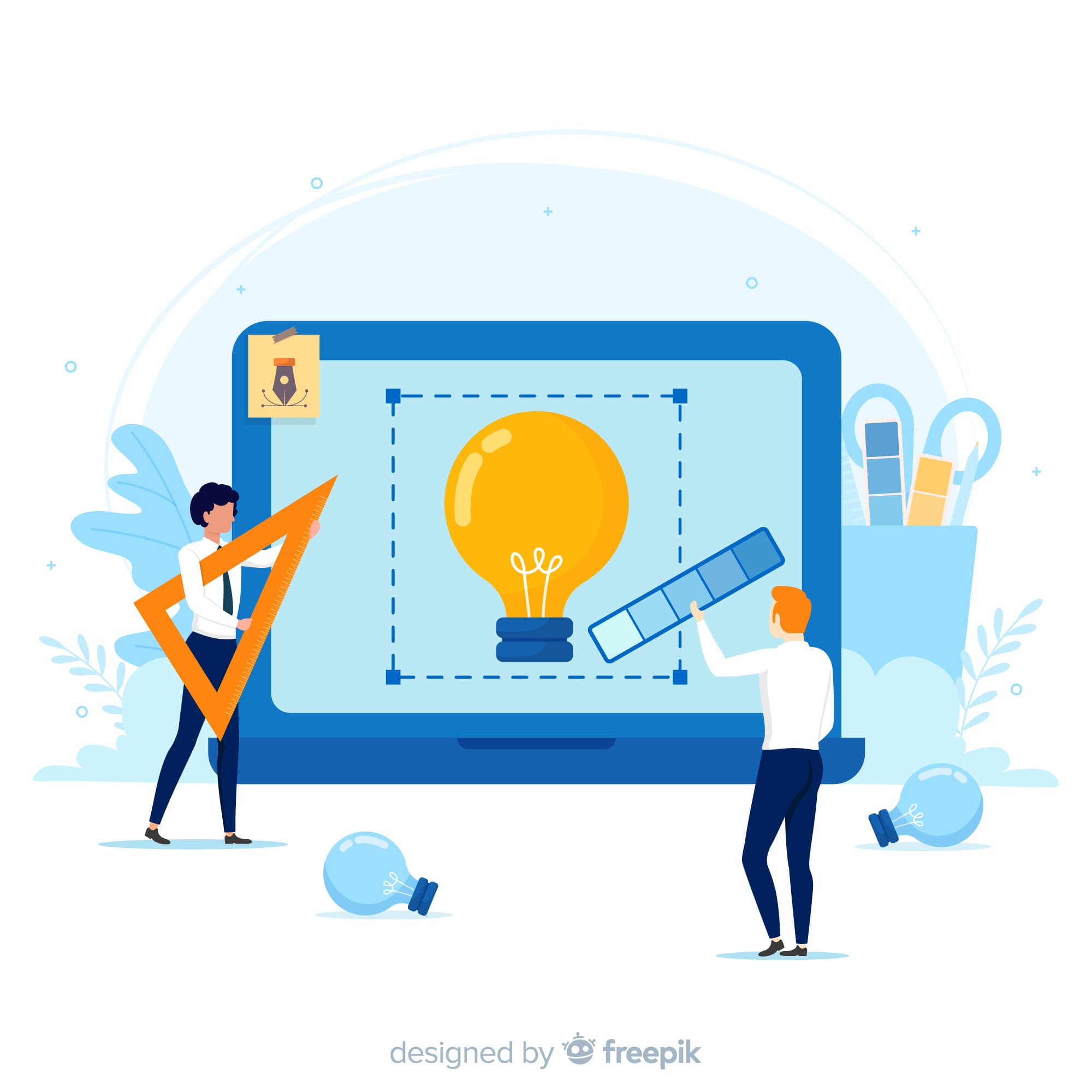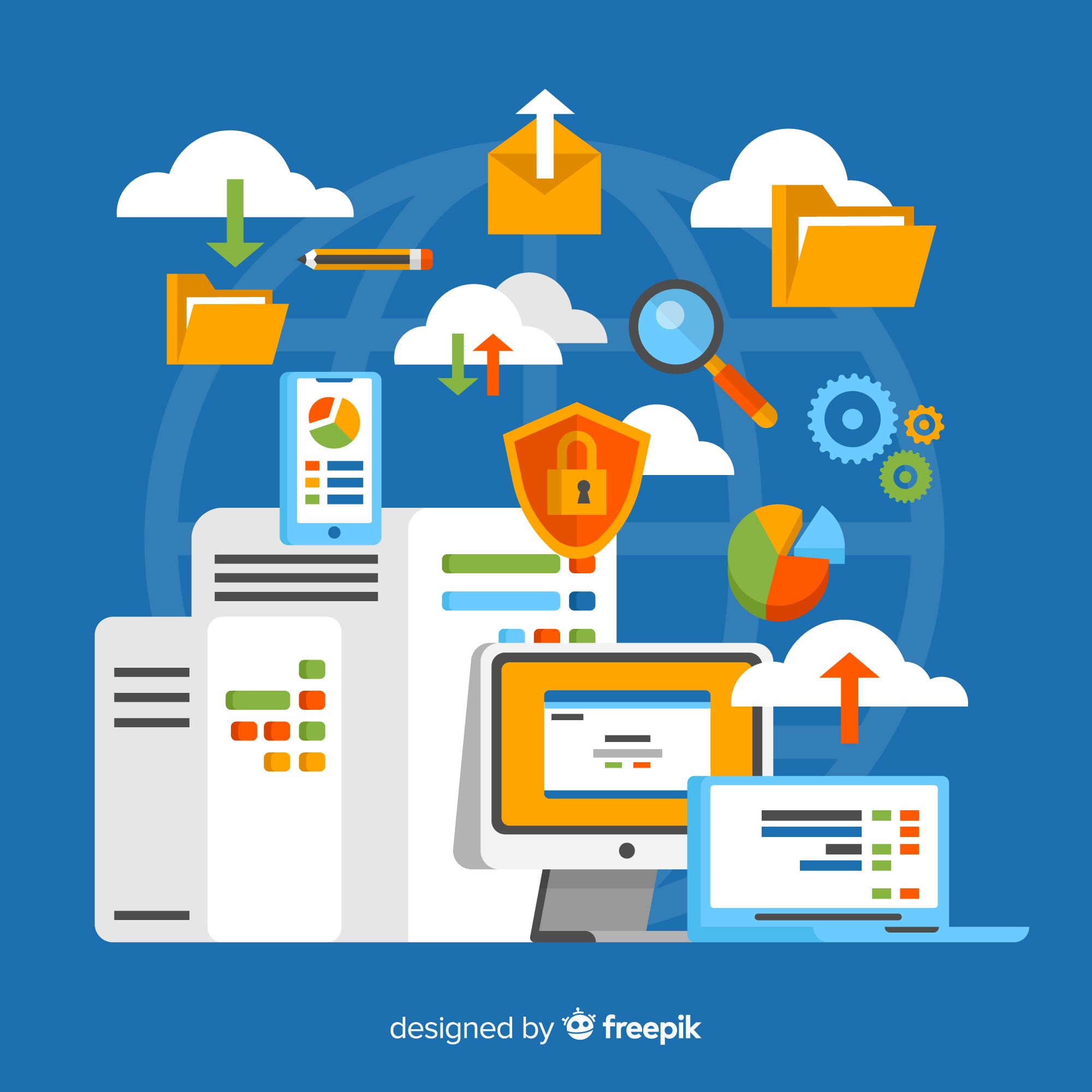On any given day, we all have a zillion ideas on how we could make our planet a better place. It could be something as noble as a crowdsourcing app to end hunger in America or something as innovative as ride sharing for a faster pizza. While some product ideas die a rightful death, especially the ones which have their genesis in a lot of beer and Super Bowl, some do actually make it past the ideation stage and venture into the realm of serious consideration. Once here, your brainwave written on notes in your Iphone while jostling for a seat in a peak hour Metra begs the question: “What next?”
Had Madonna been in her teens today (I would not have been alive, but I digress!), she would have sung the virtues of being a digital girl in digital world. However, a digital world requires digital dudes/ dudettes who can do digital stuff, like design, code, test, deploy, scrum and, most importantly, wing it and often, pivot. In other words, you need an all-star tech team with an A list technical co-founder.
While your nephew who completed CS 101 might be a great place to start, chances are he might not have the repertoire to deploy a product in the market, unless of course your last name is Zuckerberg (in which case, your nephew who did CS 101 will be the best person to start, trust me!).
For the rest of us, who do not have the family DNA to launch the next unicorn, here is a small checklist to ponder over in the “cofounder search” stage of the project:
- Product development and go-to-market is HARD. Are you really serious or merely curious?
- If you are not a technical person yourself, do you have a technical co-founder? If yes, why is she in this? Do you both share the same vision regards the product’s trajectory?
- How does your team deal with conflicts? Do most disagreements end in shouting matches or do you handle disagreements like mature adults (which often involves sulking for a couple of hours and then forgetting the issue at hand over some mild form of intoxication)?
- Does your partner have an experience reservoir of past successes and failures they can tap into, especially in times of crises?
- And most importantly, what does success look like to each one of you? Have you visualized it in granular, detailed terms or is success just a nebulous idea in your head? Is it 100 sticky users for your app or 10000 footfalls for your ecommerce store? Do you have a scale up plan ?
- Are you ready to give your venture at least a couple of years before it takes off?
Let’s be absolutely honest. For a new product to take off, it takes about a year to be revenue generating and three to be profitable. And that’s a best case!
In all seriousness, product development is like having a baby. Fun to conceive, painful to deliver.
And having been in the delivery business for a long time, here is a small checklist I came up with to help you go-to-market, in-time, within budget and with your sanity intact.
- System Architecture Analysis: This is the most important phase of product development where most of the heavy lifting happens. If a newbie, reach out to an expert. Else, reach out to an expert. Period.
- UI/UX: Make sure your app works across different resolutions and devices (especially the latest variants from Apple and Google’s stable). Make sure your product is browser and device agnostic a.k.a it has a responsive design.
- Coding: Ensure that your dev team leaves behind bread crumbs: Have them comment the code. Use a Git repository to have access to the code at all times. Remember, your product’s source code is your biggest asset. Please make sure the only copy is not lying on a stranger’s device in downtown Bangalore. If necessary, have someone you know audit the code.
- Testing: If you product is an app, use crash analytics to ensure you get data points about when, where and how the app is crashing ( yup! Love hurts, life happens and apps crash, c’est la vie!) . This is extremely important, especially for the beta version. Do stress testing on the server side to ensure your product can handle a high data throughput.
- Deployment: Use a cloud service which will have some kind of elastic computing so that you don’t fret about bandwidth, security and the like. AWS or Azure sound like the perfect option for this. Also, sign up for a monitoring service which will keep a tab of who is accessing your app. Have a mirror server instance ready in case your main server goes down/ gets hacked.
- Don’t wait to create a perfect product. It doesn’t exist. Instead, go-to-market, get feedback, iterate, repeat.
My bad if I sounded too nerdy but product development is part science, part art, part frustration, part happiness, part anxiety, part confidence, part risks, part pivoting, part uncertainty, part failure, part success.
But what your product and your venture really are- they are a part of you.
Your idea is your baby.
And one day in the future, after a couple of years of dark circles and bucketloads of caffeine, the baby will grow up and begin walking by itself.
That’s the part which makes the struggle worth it.
Till then, happy sleepless nights and beautiful day dreams!





